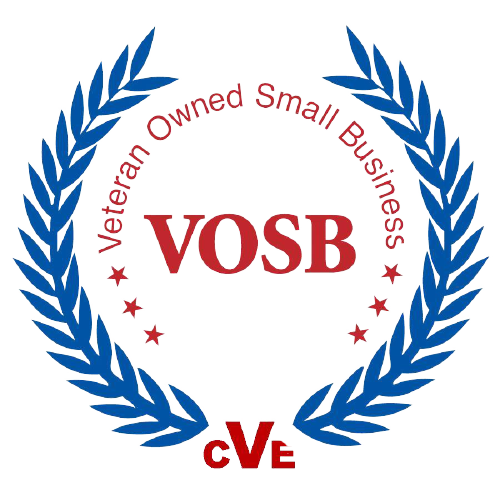
As savings from lighting and other low cost/high benefit opportunities become more difficult to achieve, program administrators need to look closely at different markets to understand where potential savings exist. Baseline or appliance saturation studies are great tools that give program administrators a snapshot of the market. They help to answer the questions “what percentage of homes or businesses have this type of widget?”, “how many widgets are in there in each home or business?”, and “how many of those widgets are energy efficient?” This helps program administrators understand their program in terms of potential participants and potential savings. However,…
Read More

Heat pumps present one of the best tools for decarbonization. They are very efficient compared to other heating technologies, are similar in price to air conditioning systems, and rely on an electric grid that is getting cleaner over time. Because of this, many states and regions, as well as the federal government, aggressively promote heat pumps and have set ambitious goals for their installation. Given the importance of these goals, accurate tracking of the number of heat pumps installed and their impacts is crucial. Therefore, it is very surprising to see the lack of consistency in reporting heat pump installations. For example,…
Read More

Over the past few years, in response to the growing climate change crisis, federal, state, and local governments’ funding of energy efficiency and decarbonization projects has increased substantially (to put it mildly). In many cases, both programs and participants are encouraged to combine (or braid) funding from multiple sources to support comprehensive projects. As utility ratepayers are exposed to and take advantage of more sources of funding than ever before for efficiency and decarbonization projects, it brings up a major question: who should get the credit? Braiding Funding Retrofitting existing homes (or businesses) to be more energy efficient or decarbonized provides many opportunities to also…
Read More

Evaluations can sometimes feel like a regulatory checkbox. This can seem especially true for process evaluations which may be required but provide seemingly limited value. However, process evaluations can provide programs with invaluable information if the one-size-fits-all approach is left behind and evaluators customize them with the program’s life cycle in mind. Evaluations of demand-side management programs typically focus on their energy savings and other outcomes. In addition to quantifying the impact of programs, it is also important to put that impact into context by understanding its implementation. Process evaluations explain the key drivers of impact evaluation results, document how…
Read More

In case you haven’t heard, heat pumps are a thing now. As their efficiency and performance in cold climates continue to improve, heat pumps have become the backbone of energy efficiency and decarbonization efforts and are a focal point of the Inflation Reduction Act. The penetration of heat pumps has steadily increased to a majority of new equipment sales. Given heat pumps' increased share of installations, we need to understand their impact, especially when paired with supplemental heating equipment. But what is supplemental heating and how does it differ from primary, backup, and emergency heating? It wasn’t clear to me, so I decided…
Read More

Recently, I saw news of a study from USC that found the relatively low level of adoption of electric vehicles in California was already resulting in improved air quality and health outcomes. Based on real-world data, the study found that for every 20 EVs added to a community per 1,000 people, there was a 3.2% decrease in asthma-related emergency room visits. This is very interesting because while the non-energy benefits of decarbonization have always been recognized, the impacts are almost always quantified through models rather than observed data. But that made me wonder – how are the non-energy impacts of energy efficiency…
Read More

If we are counting on energy efficiency to account for a large part of reducing carbon emissions, we need to count lifetime savings accurately. Annual CO2 emissions in the US may be leveling off or declining, but CO2 lasts a very long time in the atmosphere and its impacts are cumulative. Additionally, the effects of climate change are time-delayed and will likely be magnified due to feedback loops (e.g., less polar ice to reflect sunlight will lead to higher ocean temperatures). It is therefore crucial to understand how long energy efficient equipment or interventions will last to develop an accurate estimate…
Read More




